How to teach a budgerigar to speak?
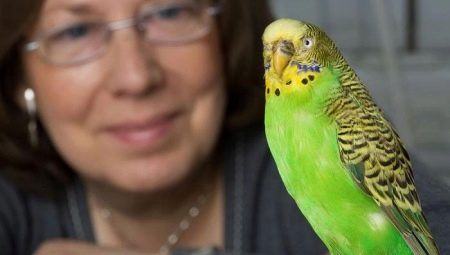
Anyone wants to teach their budgies how to talk. A bird repeating human speech is able to brighten up the loneliness of its owner or cheer up. Teaching a pet to imitate is not as difficult as it might seem at first glance.
Suitable age
Most people who dream of parrots that can speak are wondering about the appropriate age for training. If the parrot is already an adult, its owner may think that time is lost and his pet will never speak. In fact, it is easier for young individuals to learn to repeat words after a person, compared to older birds.
The optimal age interval for training a parrot is from 35 days to 4 months. When the bird reaches six months of age, the propensity to learn from the bird begins to decline, so it will take more time and effort to hone the skills.
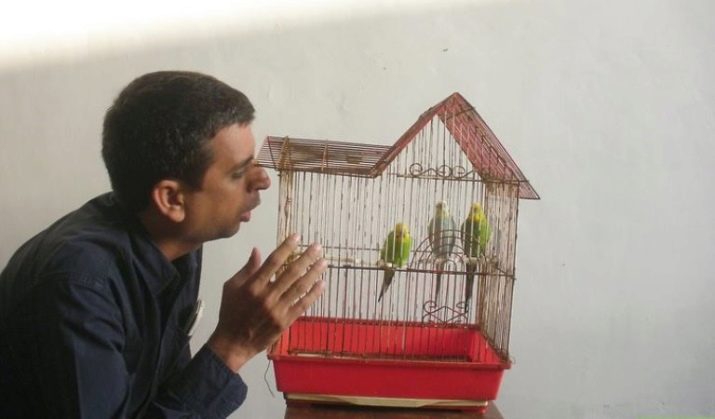
Can you teach to talk in 5 minutes?
Parrot breeders are interested in how you can get your budgerigar to speak quickly. Talking waviness is not as common as in the Grays or Macaws. Despite the fact that the birds are similar in their talent, the budgerigar will need more training time. The pet will not be able to learn to talk quickly, since it is impossible in one lesson. A positive result will require patience, effort and attention from the owner.
Usually, the parrot can start repeating sounds after 3 months if training is carried out regularly. Some individuals may be more nimble or, conversely, slower.The pronunciation of the first word should be expected not earlier than in a couple of months. After passing this stage, your pet will delight you with the pronunciation of new words faster.
On the first day of training, it will be a good sign that the parrot listens carefully to the word that is being spoken to him. Sometimes he can open his beak or react with his sounds in response. If such a reaction is observed from the first lesson - the bird is talented and will quickly learn to repeat speech after a person.
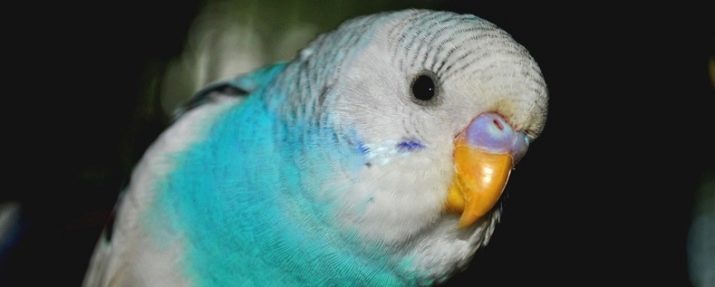
It is impossible to train a parrot right after the purchase, since it needs to get used to a new place and get used to the environment.
You can start classes only when the feathered pet begins to trust its new owner and ceases to be afraid of him. Usually the habituation process takes about 1-2 weeks.
The male is easier to teach to talk than the female. All of the above training periods apply to boys. Females are a separate topic for discussion. Classes with them will be accompanied by additional hassle and require special patience and restraint from the owner. Some females can begin to speak the first words at the same time as most males, but it is very difficult for them to repeat after a person.
If the female budgerigar begins to speak, her speech will be more intelligible and understandable than that of the male. It is believed that getting conversations from a female budgerigar is a great success. There were cases when a girl was put next to the male, and he taught her some phrases that he had taught himself. It is impossible to trace such a moment, and there is no guarantee that the parrots will teach each other.

Basic ways
Teaching human speech to the feathered friend is a complex and lengthy procedure. An owner who decides to become a teacher must show great patience. Bird watchers believe that the parrot is the best for female and child speech. For this reason, it is advisable to delegate the teaching mission to the hostess.
All lessons with a parrot at home should be carried out by the same person.
The first word should contain no more than two syllables. Besides, when teaching, you must follow a number of rules.
- All lessons should be done in silence, as parrots are the most curious birds... If there are extraneous sounds in the room, the pet will begin to be distracted from the lesson and will not be able to remember the necessary words. TV is a separate topic. It is necessary to turn off not only the sound, but the device itself too.

- Each word must correspond to an action. If you need to teach your pet the word "hello", then it should be pronounced at the moment when the teacher enters the room. You need to say goodbye when you leave the room.
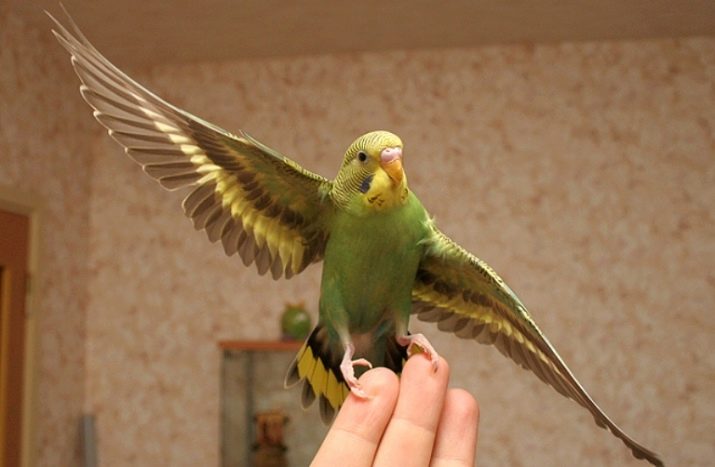
- Lessons must be taught at the same time... The duration of the lesson is about 20 minutes. One day a week is devoted to a reinforcement lesson, which lasts 45 minutes. It is recommended to train in the morning, if possible.
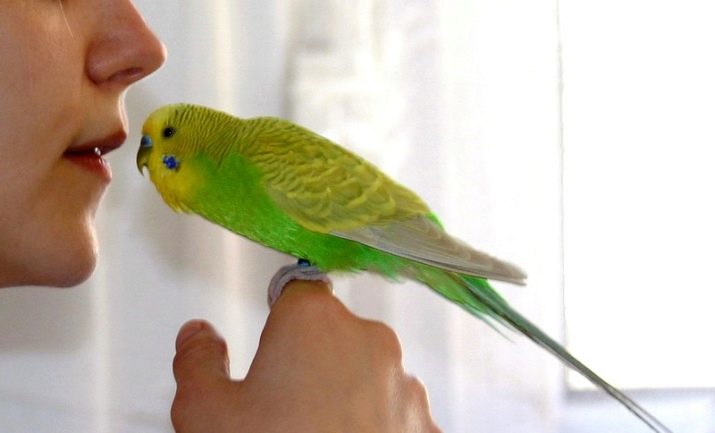
- A technique is applied, during which singing is used... If you want your pet to know the song by heart, you need to choose a piece in which the words are clearly heard. You can hum the song yourself or use a tape recorder. When using the equipment, you should still be near your student, periodically turning the recording on and off.
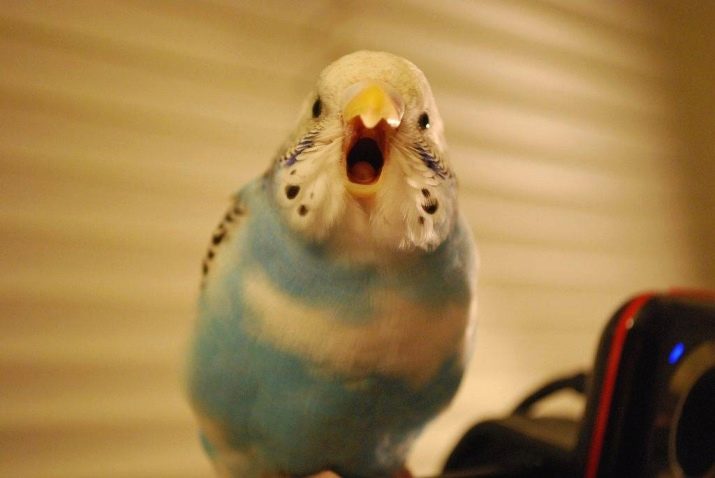
- The budgerigar should be interested so that he wants to practice... Signs of interest on the part of the bird are its head movements, blinking, twitching of the wing. If this behavior is observed on the part of the pet, then its teacher is on the right track.
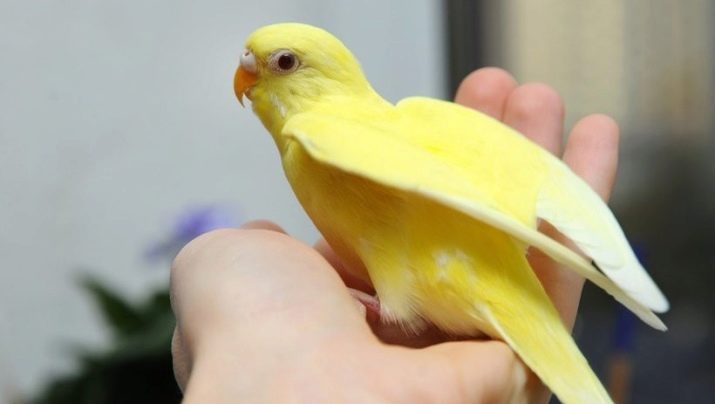
- Transitions to shouting and the use of punishments are not allowed... If your parrot doesn't want to practice, you can get his attention with a treat.
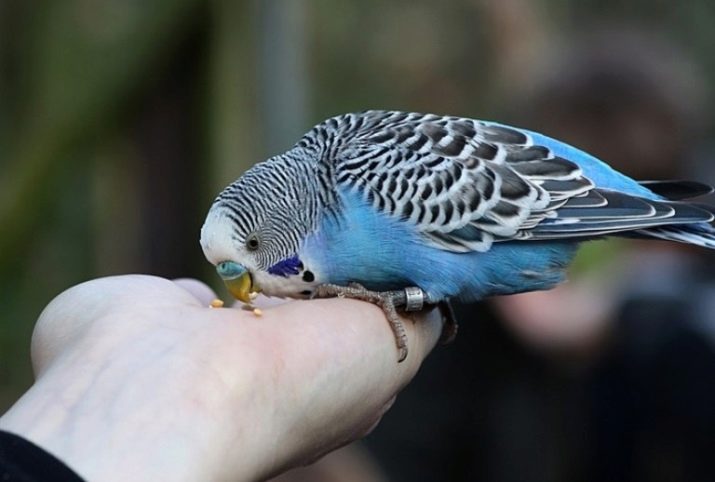
Persistence is the key to success when teaching parrots to talk.
How to train an adult parrot?
Budgerigars can be taught to talk at any age. Even older pets are able to start imitating human speech. Of course, you need to remember that older individuals are more difficult to learn and it is more difficult for them to repeat words.
It is believed that if an adult parrot is a female, then there is no need to spend time training her. Young female birds have difficulty repeating words, and in adulthood, the chances of a positive result are practically zero. However, there are exceptions to every rule. An adult bird should be taught in the same way as a young bird, but more patience will be required in the training process.
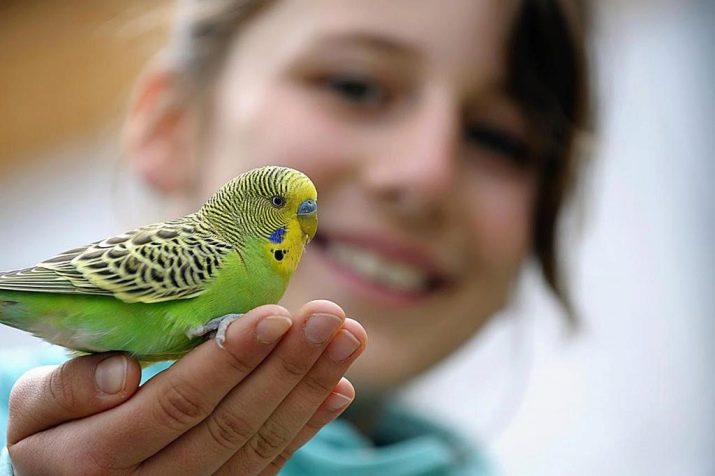
Professional advice
During classes, you should remember about the peculiarity of parrots, which is that the bird remembers all new words as songs. In their avian language, parrots communicate consciously, and they are unable to perceive human speech consciously. All phrases spoken by the bird are simple imitations of human speech. Therefore, it is necessary to build classes correctly so that the pet wants to repeat the words and memorize them.
To get a good result, you should read the recommendations of specialists. The advice of experienced people will help eliminate mistakes and quickly establish relationships with your feathered friend.
- Taming. First of all, you need to find a common language with the bird. You should talk with your pet, take care of it, so that the parrot begins to trust its owner, stops being afraid of him. If you do not cope with this task, then the bird will not listen to you, being in constant stress.

- First word selection. As a rule, the owners begin their training with the pronunciation of the parrot's nickname. First, the name must be pronounced in full. If the pet is not able to repeat the whole word, you should practice learning it by syllables or individual sounds.
The pet's name should be short and easy to remember. Most people call their birds by names consisting of two syllables.
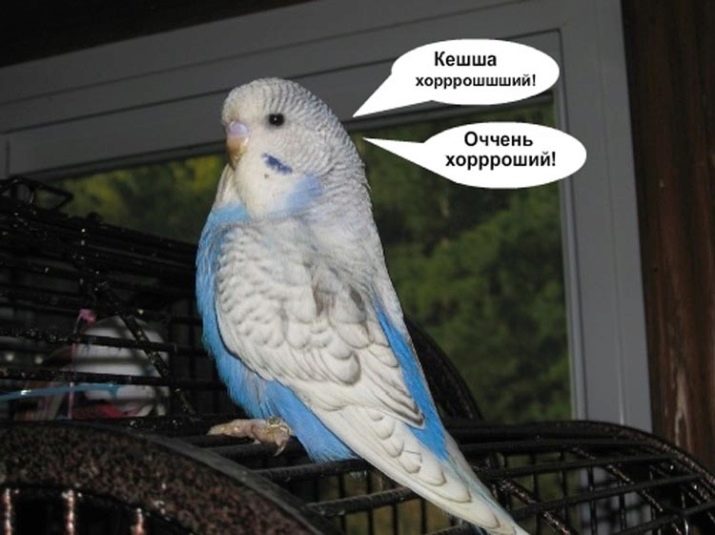
- Eye contact. During training, you should always look at the parrot. The pet must see that the owner is talking to him. You need to speak slowly and clearly. The manner of speech should be emotional. In this way, you can interest the parrot and he will want to parody his owner. While learning the first words, you cannot change intonation.
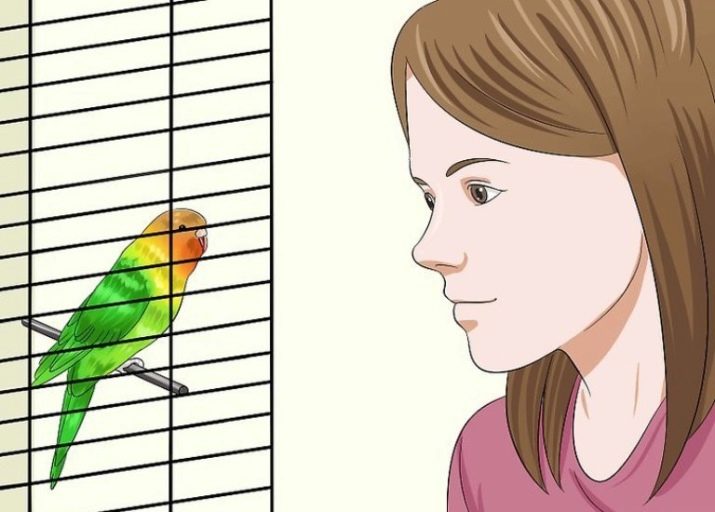
- Pauses... The budgerigar should be given a couple of seconds to comprehend the spoken words. Initially, instead of a response, only a peculiar sound will be heard. After a certain period of time, the parrot will try to repeat the word, but only illegibly. It will take 2-3 months for the word to be pronounced normally. You can learn new words only after you have learned the previous lessons well.
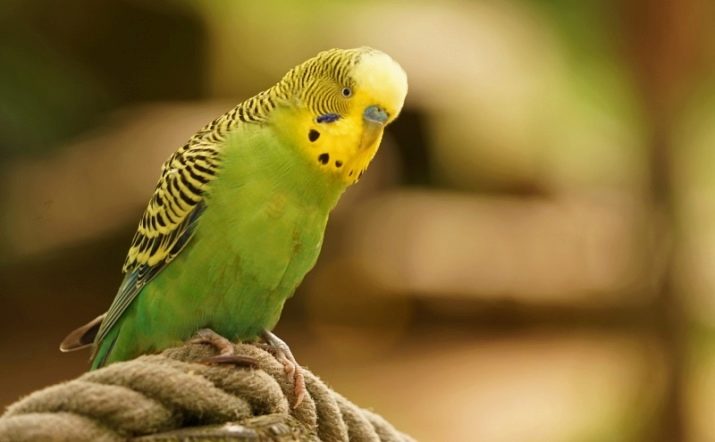
- Promotion. Like any other pet, the budgerigar should be constantly praised for its success and treated with goodies. In this way, you can stimulate the bird and it will be interesting for it to continue training.
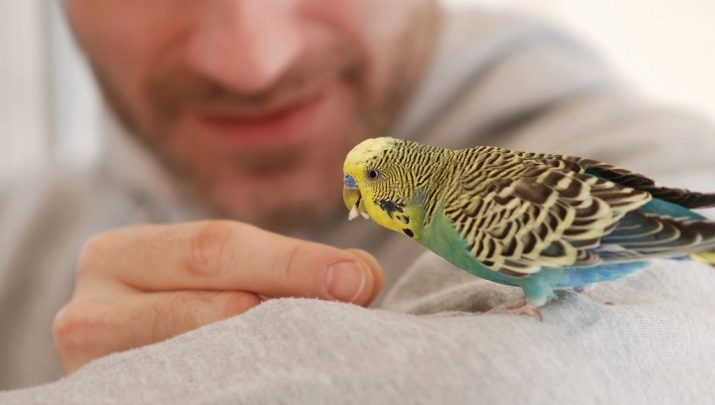
- You cannot yell at a pet. All training should take place in a friendly atmosphere, where there is no place for stressful situations. The owner should not be stingy with affection and encouragement.
If the bird stops responding to its owner, the lesson should be stopped, since it is impossible to force a parrot to speak.

- Sometimes you can come across a situation in which 20 minutes of the lesson has already passed, and the pet is still listening with interest to its owner. If you have free time, it is better to continue training until the parrot is bored.
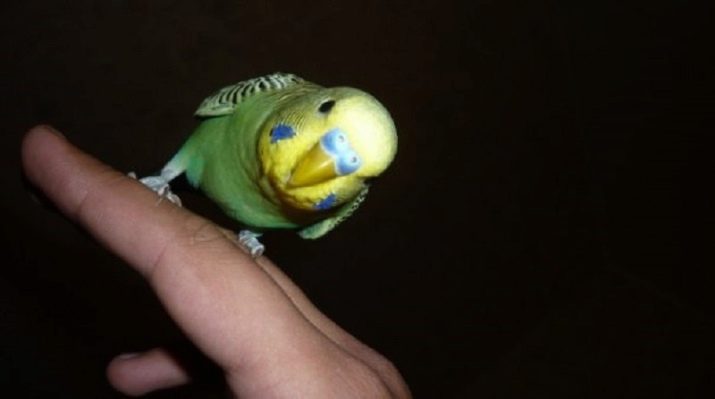
With a serious approach to classes, the talking budgerigar is able to begin to reproduce the learned words for specific life situations. He can respond with phrases to feeding, greeting, goodbye.
When the owner approaches him, he will say “hello” to him, and when he says goodbye, he will say “bye”.If the owner of a feathered friend feels the strength to take a more serious approach, you can initially learn phrases by associating them with certain things.... Experts recommend in this case to start with welcoming words. Don't forget about creating a real situation. In each such case, the pet will associate what is happening with memorized sounds.
It should always be remembered that budgies are not able to understand the meaning of words. They can only build connections based on the association of specific sounds with situations. Therefore, if you have a good sense of humor, you can replace the words "hello" and "goodbye" with something more creative. For example, instead of greeting, you can learn the word "salute".
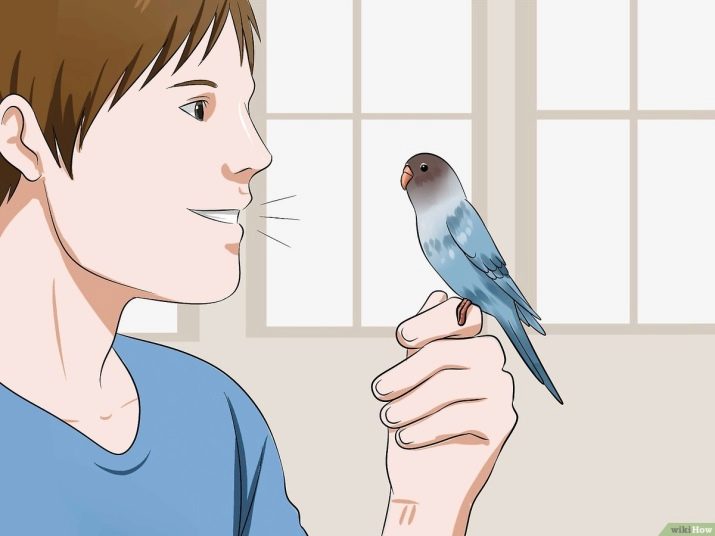
Before lessons, you need to remove mirrors and toys from the cage so that the bird is not distracted. After class, all of the pet's belongings must be returned to their place. A mirror can be useful when learning words if the bird has no other feathered friends nearby. Some individuals like to boast of the sounds they are learning, and the mirror will act as a listener for the parrot. This is a good way to review what has been learned.
The use of a mirror sometimes has negative qualities, since most individuals do not realize that a mirror is just an accessory in their house. It may seem to the parrot that another friend lives with him in the cage. This behavior can cause the bird to move away from its owner. For this reason, experts recommend that you think carefully before installing a mirror in a cage.
If such unfavorable changes appear, the accessory should be removed.

The implementation of the basic recommendations can greatly facilitate the life of the owner of the budgerigar and the bird itself. The main thing in the relationship between teacher and student is respect, trust and patience. Only with this approach can positive dynamics be achieved and your pet will feel happy.
For more information on how to teach a budgerigar to speak, see the next video.








